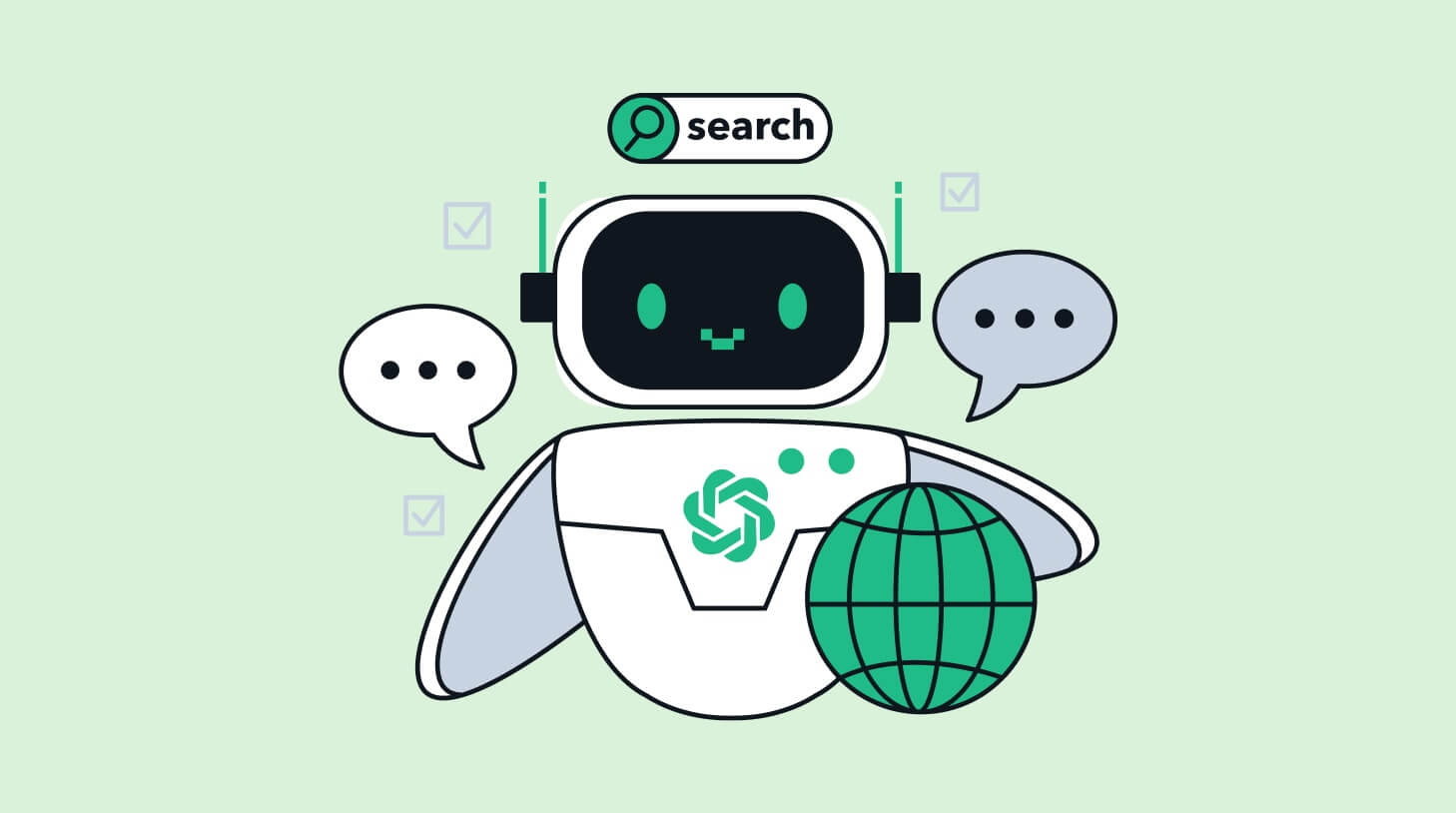How can AI support your RTO efforts? Check our strategy
Companies want their employees back to the office but until now they didn’t think of the complexities they have to face. The transition to a post-pandemic workplace is about reimagining the future of work and AI can support you here.

The truth is that the Return To Office (RTO) has brought a new trend, the hybrid work model. This has emerged as the new normal, balancing the flexibility of remote work with the collaborative benefits of in-person interactions. But how long will it last?
AI supports RTO offering innovative solutions for workforce management, health monitoring, and enhancing employee experiences, making it an indispensable tool for HR professionals navigating this maze.
Contents
The value of in-person work
Understanding the preferences of employees and the perspectives of employers is crucial in shaping effective RTO strategies.
A staggering 86% of employees express a desire to work from home at least twice a week, indicating a strong preference for flexibility in their work arrangements (Deskbird, 2024).
This sentiment is echoed by the 95% of individuals who favor a return to the workplace in some capacity, preferring a hybrid model that combines the best of both worlds (Envoy, 2024).
From the employer’s standpoint, the drive towards RTO is motivated by more than just operational considerations.
A recent CNBC survey revealed that 90% of companies aim for some form of office return by the end of 2024, highlighting the widespread belief in the value of in-person work.
This is further supported by ResumeBuilder report, which found that 72% of companies with RTO policies have reported increased revenue, underscoring the perceived economic benefits of returning to the office.
However, aligning employee preferences with employer objectives requires a delicate balance.
The challenge lies in implementing this model in a way that addresses the logistical, technological, and cultural shifts necessitated by the new work landscape.
The role of AI In facilitating the RTO
AI supports RTO in various ways and can assist in fostering effective communication and collaboration, as well as supporting HR decision-making.
Create a resilient and adaptive workplace following these strategies:
Optimizing office space and resource allocation
AI’s capability to analyze workspace usage patterns is revolutionizing office space management.
By leveraging data from various sources, AI algorithms can recommend office layouts that maximize space utilization while adhering to health and safety guidelines.
This intelligent space management ensures that resources such as meeting rooms and workstations are allocated efficiently, reducing waste and enhancing employee satisfaction.
Enhancing Health and Safety Protocols
In the era of RTO, maintaining a safe workplace is paramount. AI plays a crucial role in monitoring and enforcing health and safety protocols.
AI systems can ensure compliance with health guidelines, adjusting HVAC systems to optimize air quality, and even predict potential health risks.
This proactive approach to workplace safety underscores an organization’s commitment to its employees’ well-being.
Facilitating effective communication
AI-driven communication platforms can enhance the way information is shared and received within an organization. Features like sentiment analysis and urgency detection prioritize critical communications, ensuring that important messages are conveyed efficiently.
Furthermore, AI enhances collaboration tools by suggesting relevant documents and optimizing meeting schedules, thereby streamlining project management and team collaboration.
Supporting HR decision-making with predictive analytics
AI’s impact on HR decision-making cannot be overstated. Predictive analytics provide HR professionals with valuable insights into workforce dynamics, employee engagement, and potential turnover risks.
This data-driven approach enables the identification of skill gaps and informs strategic planning for upskilling and reskilling initiatives. By leveraging AI, HR can make informed decisions that align with the organization’s strategic goals and support a successful RTO.
Personalizing the employee experience
AI’s ability to analyze individual employee data offers unprecedented opportunities for personalizing the employee experience. Tailored engagement strategies and career development paths increase employee satisfaction and retention.
AI-driven platforms can identify personalized learning opportunities and career advancements, fostering a culture of growth and development within the organization.
Enhancing security and compliance
Security and compliance are critical concerns in the RTO process. AI applications in security monitoring protect against physical and cybersecurity threats, ensuring a secure work environment.
Additionally, AI can automate compliance tracking, simplifying the management of health, safety, and employment regulations and reducing the risk of non-compliance.
All-in-one HR solution for RTO
In the journey towards a successful Return to Office (RTO), Workable stands out as an essential tool for HR professionals.
This AI-powered recruitment and HR software streamlines the hiring process, enabling efficient candidate screening and engagement for the workforce.
With Workable, workforce planning becomes strategic and data-driven, thanks to its robust analytics that forecast staffing needs and talent distribution.
Workable’s suite enhances employee engagement through targeted surveys, providing HR with actionable insights to boost morale.
Additionally, it automates administrative tasks, allowing HR teams to focus on strategic RTO initiatives.
As a comprehensive solution for RTO challenges, Workable simplifies HR operations and supports a smooth transition to hybrid or in-office work models.
Frequently asked questions
- How does AI support the Return to Office (RTO) transition?
- AI provides innovative solutions for optimizing workspace usage, enhancing health and safety protocols, improving communication and collaboration, supporting HR decision-making with predictive analytics, and personalizing the employee experience.
- What are the benefits of a hybrid work model?
- A hybrid model combines remote work's flexibility with in-person interactions' collaborative benefits, reflecting employees' preference for work arrangement flexibility while maintaining organizational productivity.
- Can AI improve office space management during RTO?
- Yes, by analyzing workspace usage patterns, AI recommends efficient office layouts and resource allocations, ensuring health guidelines compliance and maximizing space utilization.
- How does AI enhance workplace health and safety?
- AI monitors and enforces health and safety protocols, optimizes air quality through HVAC systems, and predicts health risks, ensuring a safe work environment.
- What role does AI play in HR decision-making?
- AI uses predictive analytics to offer insights into workforce dynamics, skill gaps, and potential turnover risks, aiding in strategic planning for talent management and supporting successful RTO initiatives.




